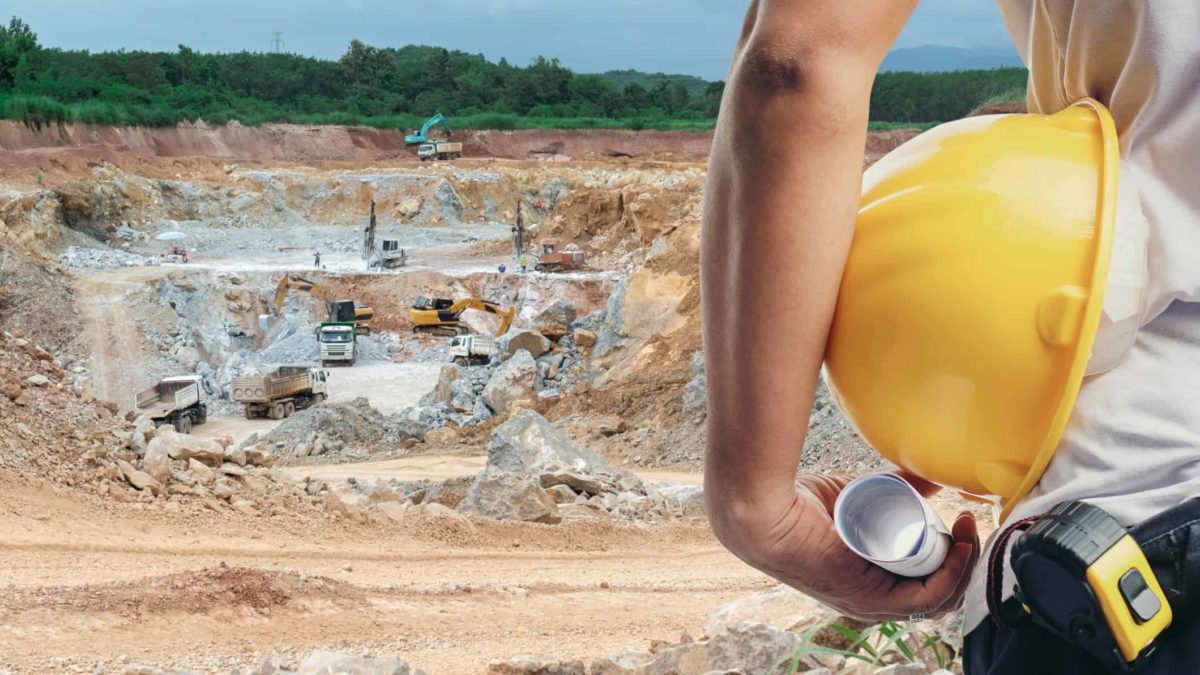BHP Group Ltd (ASX: BHP) shares continue to derive the lion's share of their earnings from iron ore.
In FY 2023, iron ore delivered $16.7 billion in earnings before interest, taxes, depreciation and amortisation (EBITDA). Copper came in a distant second with EBITDA of $6.7 billion. And coal managed a close third with full-year earnings of $5.0 billion.
You can add nickel, potash, gold, silver and uranium to the list of elements that bring in revenue for BHP shares.
All of those are likely to remain in strong global demand over the coming decades. But it's uranium we're running our slide rule over today.
Here's why.
ASX 200 miner's world-class uranium reserves
Australia is well-positioned to benefit from the resurgent global demand for uranium.
Indeed, the lucky country has the world's largest Economic Demonstrated Resources (EDR) of uranium, with some 1.15 million tonnes. To date, however, Australia only counts as the world's third-largest producer.
BHP shares look to be in a particularly prime position to capitalise as more nations turn to nuclear power to meet their climate goals and energy needs.
According to Geoscience Australia, the S&P/ASX 200 Index (ASX: XJO) mining giant's South Australian Olympic Dam contains "the world's largest" uranium deposit, with an EDR of 876 ktU.
BHP took ownership of Olympic Dam in 2005. The area is massive, and it encompasses 700 kilometres of roads and tunnels.
Yet most of the revenue from the mammoth mining project is derived from copper.
BHP produced 3,406 tonnes of uranium in FY 2023. That was up 43% year on year. But with the miner sitting on the world's largest uranium deposit, it's still only scratching the surface as far as the future revenue on offer for BHP shares.
And management appears well aware of the potential in a world that's pledged to achieve net zero emissions.
According to the BHP website:
In terms of Australia's critical minerals list itself, which is currently under review, copper, nickel and uranium are, in our opinion, natural additions due to their integral role in the energy transition…
Uranium is central to the production of zero-carbon nuclear electricity, and nuclear power features quite prominently in the majority of 1.5 degree scenario analyses we have studied.
Why uranium could boost BHP shares
With global demand ramping up faster than global supplies, spot uranium prices are up around 50% in 2023, and up some 125% since the end of 2020.
With the Fukushima disaster fading into history along with the advent of smaller, modular nuclear reactors, some of the world's top economies are extending the lifespan of their existing nuclear plants or actively building new ones. These include economic powerhouses like China, India, Japan, Europe, and the United States.
Highlighting the likely ongoing demand growth for uranium – and the potential on offer for BHP shares via its Olympic Dam deposit –the International Energy Agency (IEA) forecasts global nuclear capacity will need to double by 2050 to achieve our ambitious climate goals.
Despite its own world-leading reserves, Australia isn't on board with domestic nuclear power generation. At least not yet. Meaning, for now, the revenue BHP shares generate from uranium will predominantly come from export markets.
The Labor government has pledged to see Australia generating 82% of its energy from renewables like solar and wind by 2030. But it maintains that nuclear power is too expensive.
However, there is a growing push among some politicians and energy officials to re-open the door to nuclear power options Down Under.
Addressing the Australian-Melbourne Institute Economic and Social Outlook conference, Australian Energy Producers CEO Samantha McCulloch said (courtesy of The Australian), "We just can't afford to be taking options off the table, and everything needs to be part of that conversation."
Minerals Council of Australia CEO Tania Constable added:
I think this is one of the big, bold ideas. And the whole game changed with the introduction of small nuclear reactors. When we look around the world at who was meeting their green targets, the countries that are meeting them are the most diversified and have nuclear energy in the mix.
Over the short to mid-term, iron ore and copper prices will likely continue to be the biggest earnings drivers for BHP shares.
But in the years ahead, uranium could become an ever bigger contributor.









